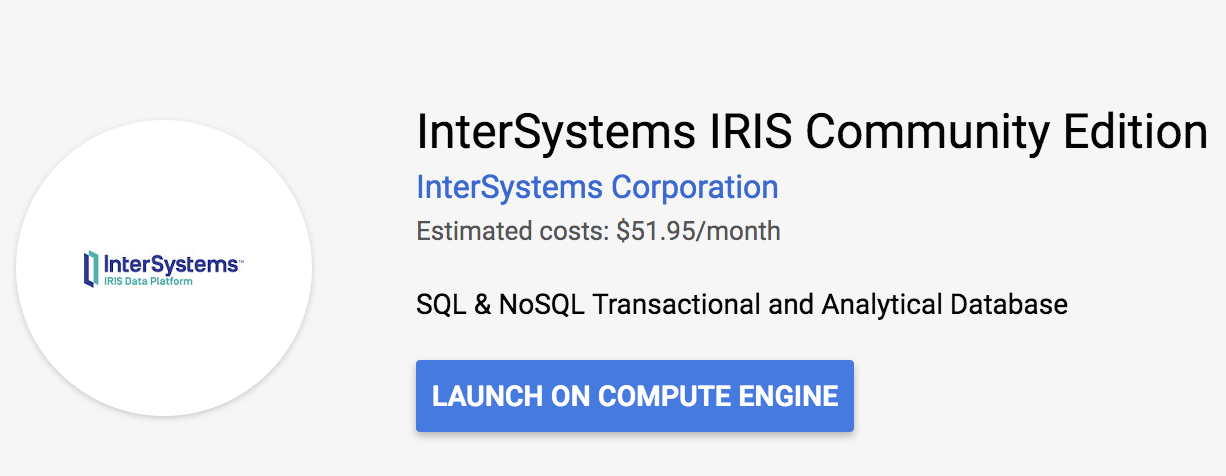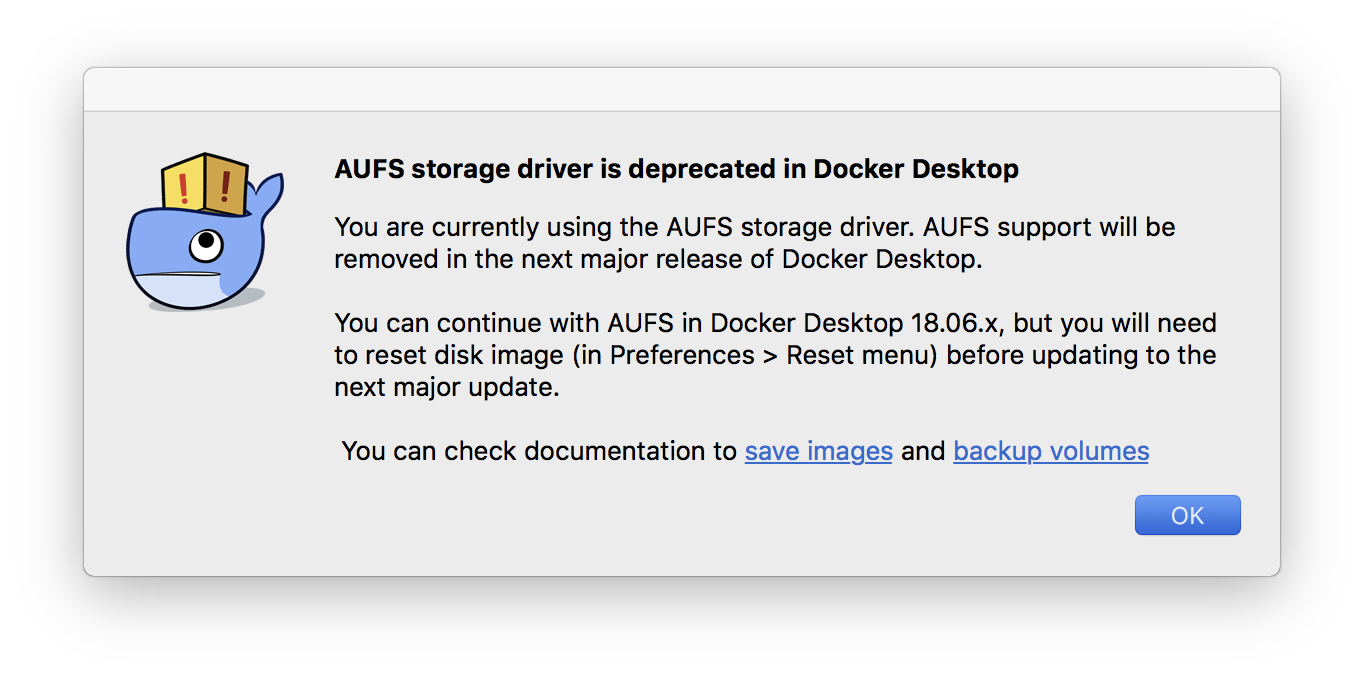Hello,
I am trying to copy an xml file generated on an Apache server into the Jenkins workspace post-build. I was thinking to use a 'send files over ssh' post-build script, but have not done this before and do not know how to refer to the file location on Apache server vs on Jenkins.
For example, if I want to copy from Apache's location of: "classes/UnitTest/Results.xml" into Jenkin's workspace: "/ReportFiles/Results.xml",
How does the script differentiate between whether the location address refers to the Apache server or Jenkins workspace?








